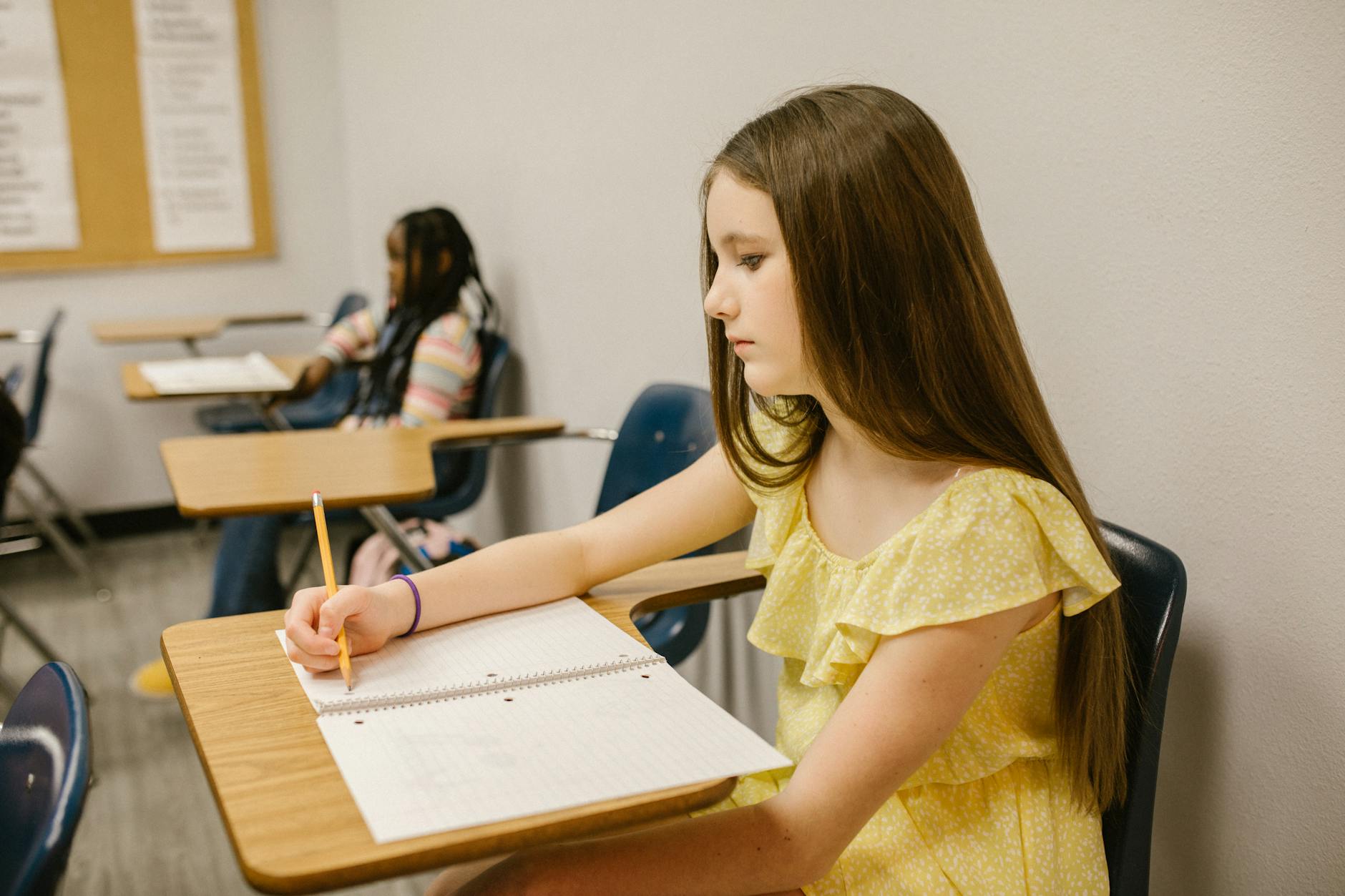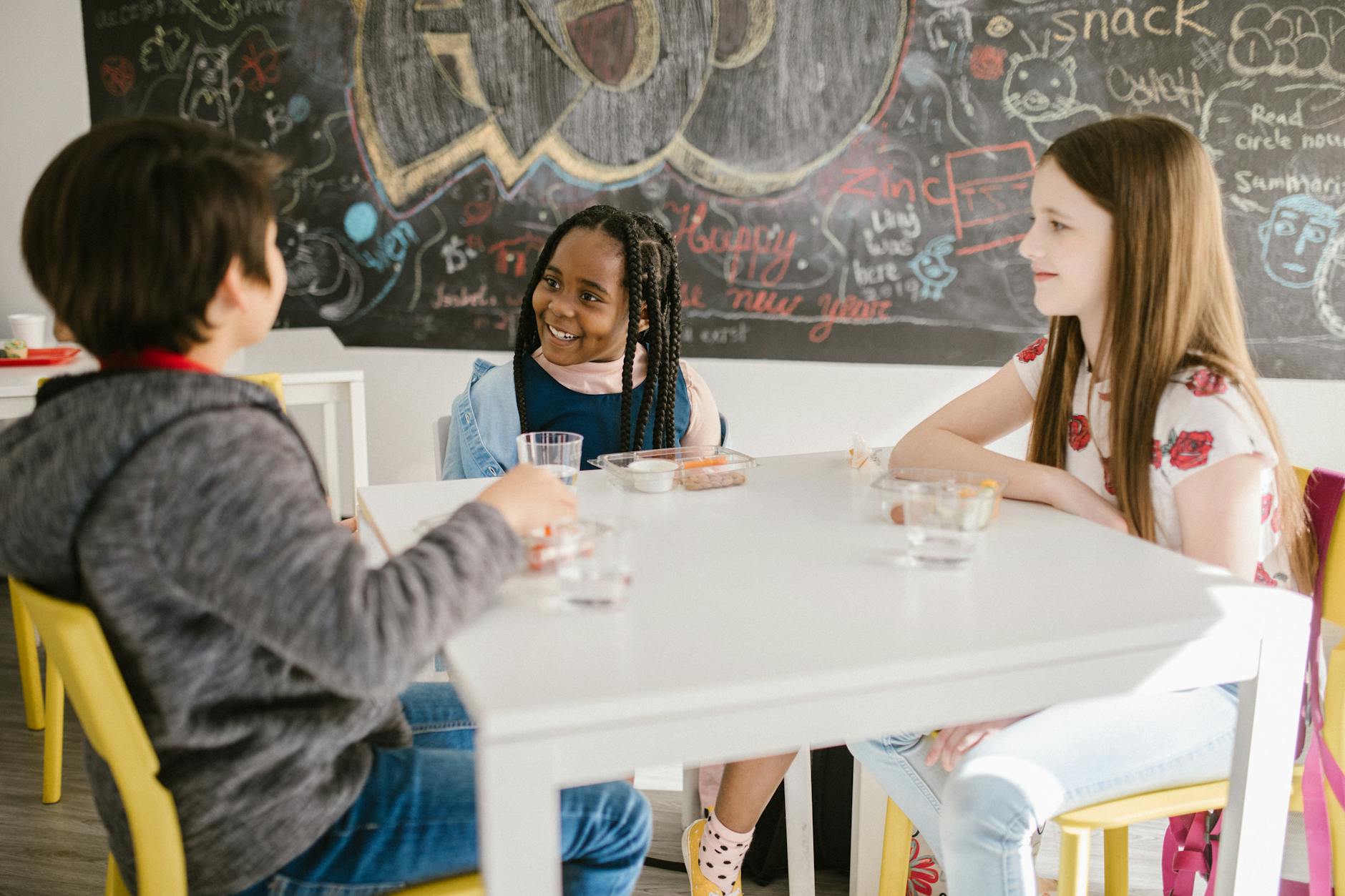Why Pottery Classes in the United States Are Perfect for Creative Exploration

Pottery Classes as Learning Tools
Pottery classes offer an excellent medium for hands-on creative expression that captures both the imagination and the senses. Venturing into the tactile world of clay can be as enriching as exploring the craft workshops at the Ferry Building, leaving you awash in the joys of hands-on creativity. As someone immersed in this art form, you’ll find pottery is not just about creating objects but also about developing essential skills that transcend the art studio. With a sprinkle of inspiration from cooking classes NYC, the potential for blending innovation into learning is profound.
Hands-On Creative Processes
As you delve into pottery, the tactile experiences foster a deep connection between mind and material. This hands-on approach echoes the heart of creative exploration that sparks joy and innovation. Whether it's trying out a new technique or improvising a unique design, the connection you build with the medium helps refine creativity in a tangible way. It's akin to the immersive experience of a paint and sip NYC session, where you engage with art in a community environment, turning individual exploration into a collective journey.
Developing Problem-Solving Skills
Pottery challenges enthusiasts to continuously adapt and solve problems, whether in refining techniques or resurrecting a collapsed piece. Much like Cezanne’s transformative brush strokes, each problem you face becomes an opportunity to develop critical thinking and resourcefulness. Imagine these classes as the artistic equivalent of an experience gift card—offering countless possibilities that lead to inventive solutions in your creative toolkit. Skills honed here naturally extend into other areas, enriching your capacity to approach challenges creatively.
Techniques Taught in Classes
Basics of Wheel Throwing
Wheel throwing is a fundamental technique that brings the joy of hands-on creativity to pottery. For those just starting out, classes generally cover essential skills like centering clay and forming basic shapes. Mastering these steps provides a solid foundation for creating a wide range of pottery items. The pottery studios in San Francisco's Mission District offer an engaging environment to learn this art form, making it an adventure for anyone looking to explore their creative side.
Understanding Glazing Methods
Understanding glazing methods can introduce an entire world of possibilities to your pottery creations. Various techniques such as dipping, brushing, or spraying can drastically change the outcome of your work. The type and color of glaze can evoke different moods and styles, something that resonates with those who value self-expression. Participate in craft workshops at the Ferry Building to get a hands-on experience with these techniques. You'll leave with new skills and perhaps some inspiration for classroom projects or as an addition to your creative hobbies.
Mastering Kiln Firing
Mastering kiln firing is an essential step in the pottery process. This technique involves heating your pottery pieces to specific temperatures to achieve desired finishes and durability. Understanding the nuances of kiln settings and types of clay can dramatically affect your results. Exploring art centers in the Richmond District can give a firsthand glimpse into how this technical yet crucial skill can bring a project to life. For those coordinating pottery-related virtual team building activities, understanding the firing process can enrich the overall learning experience. Whether you’re aiming to teach or simply looking for personal enrichment, these techniques open up exciting educational avenues, like planning thematic "paint and sip chicago" events for a collaborative and creative ambiance.
Benefits for Students
When immersing students in the world of pottery, the benefits are numerous—particularly in enhancing motor skills. Engaging in the tactile process of shaping clay aids in developing fine motor skills, making it an ideal activity for boosting dexterity and hand-eye coordination. Plus, creating pottery is not just a solo endeavor; it can be a collaborative experience that fosters team building. By working together, students learn the value of sharing ideas and responsibilities, which translates seamlessly into team building activities nyc or classroom group projects.
Pottery can significantly boost self-confidence. As students see their creative visions materialize, it instills a sense of achievement and pride. Each completed piece is a testament to their progress and capability, fueling further artistic exploration.
Furthermore, collaborating on projects teaches the importance of joint effort and effective communication. Whether it's brainstorming ideas or sharing resources, pottery fosters a cooperative environment that is both rewarding and educational.
For those keen on unique social gatherings, pottery workshops can inspire bachelorette party ideas or other celebrations, adding a creative twist to traditional events. Just like the collaborative spirit found in art centers in the Richmond District, pottery encourages group dynamics and creativity, leaving participants feeling personally fulfilled.
Incorporating Pottery into School Curriculum
Planning Pottery Workshops
To make a pottery workshop memorable and engaging for students, planning is key. Consider starting with thematic sessions that align with your teaching schedule. By incorporating experience gifts such as guest sessions with local artists or partnerships with nearby pottery studios, the workshops can become more enriching. Balancing these with school schedules and budgets can bring the joys of hands-on creativity to life without stretching resources.
Aligning with Art Standards
Ensuring pottery workshops comply with art standards is vital for educational credibility. Begin by identifying core standards that overlap with pottery techniques, such as understanding shapes, textures, and spatial awareness. Visual art standards can serve as a guideline to structure activities that encourage both creativity and skill development. Collaborating with the established art centers can offer insights into how pottery aligns with these standards, bringing a real-world perspective to the classroom.
Integrating Across Subjects
Engaging students through pottery can transcend traditional art boundaries and be integrated into various subjects. Consider math lessons that involve calculating material costs or science classes focused on the chemical reactions involved in glazing. History lessons can delve into ancient pottery techniques and their cultural significance. Additionally, virtual paint classes can accompany these lessons, offering a modern twist on traditional methods. This cross-disciplinary approach not only educates but also fuels students' imaginations and problem-solving capabilities.
Avoiding Pitfalls in Pottery
Prioritising Safety Practices
While immersing oneself in the delights of pottery, it's crucial to respect the boundaries of safety protocols. Each visit to a pottery studio in the Mission District inevitably involves specific safety measures—such as wearing masks while handling clay dust or protective gear when operating a kiln. These practices ensure that the thrill of hands-on creativity doesn't come at a physical cost. Keeping a well-ventilated workspace is essential, as is staying vigilant about the placement and operation of equipment to prevent accidents. After all, combining creativity with conscientiousness is a surefire route to lifelong artistic joy.
Mindful Management of Material Costs
Pottery requires more than just clay and talent; it demands prudent budgeting to sustain regular creation. It's easy to get swept up by the myriad of aesthetically pleasing tools, but overlooking the true cost of materials can transform this inspiring hobby into a financial burden. Regularly assessing your inventory and opting for cost-effective alternatives—like attending the craft workshops at the Ferry Building—can mitigate expenses. Sharing resources with fellow artists or sourcing local suppliers are underrated methods to enjoy the joys of clay without the stress of overruns.
Effective Time Management for Cleanup
The beauty of pottery can often mask the significant time commitment needed for reducing clutter post-creation. Underestimating the importance of cleanup can turn the Richmond District’s vibrant art centers into chaotic spaces. Allocating dedicated cleanup time, with effective tools and strategies, ensures that the workspace remains as enticing as the creative journey itself. Utilizing designated spaces for drying and storing creations promotes organisation and cultivates a seamless flow between sessions.


